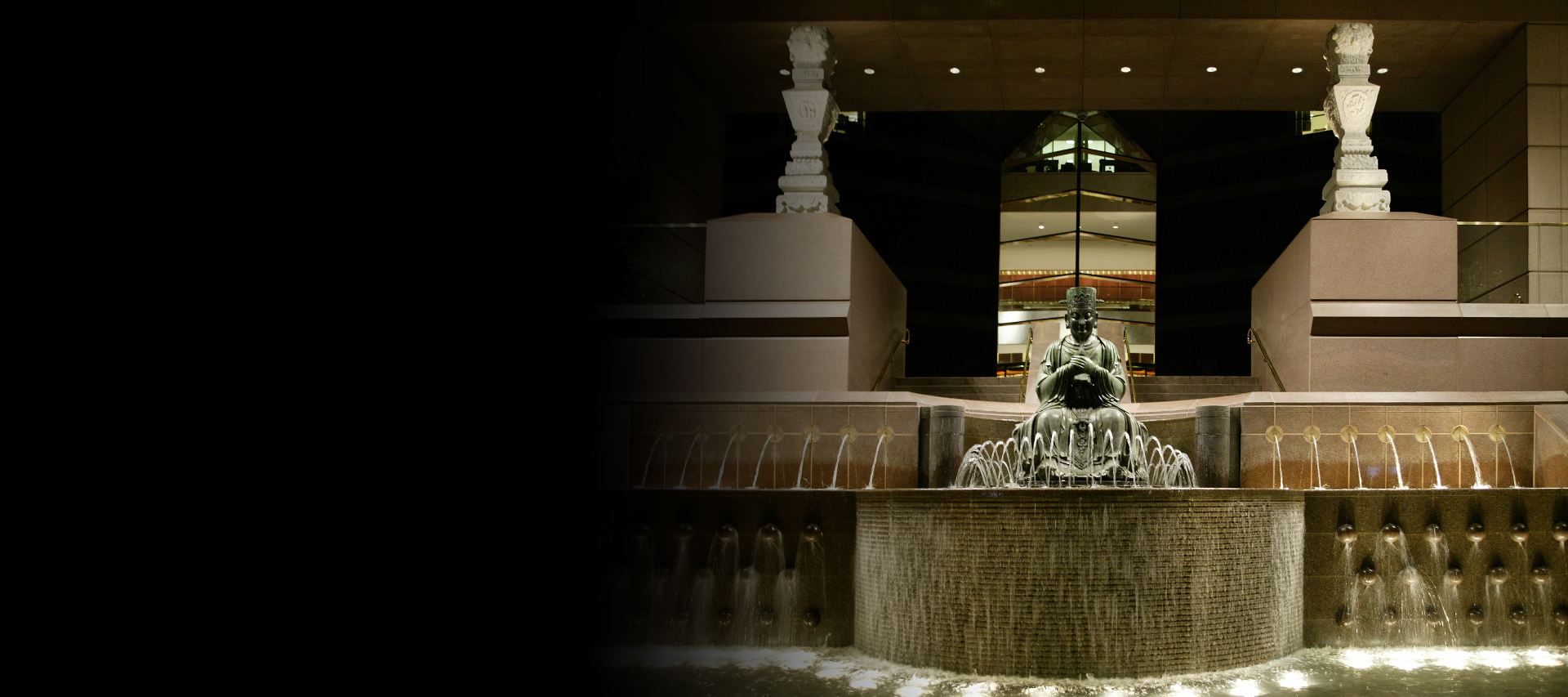





Celebration in 2010 of the bi-centennial of Mexico’s independence (1810) and the centennial of her Revolution (1910) presented an occasion to explore the rich and sometimes overlooked contact between Asia and Mexico in the centuries following the exploits of Christopher Columbus, Vasco da Gama, Ferdinand Magellan, and Hernan Cortés.
As “The Viceroyalty of New Spain” between 1521and 1821, Mexico was a strategic player in a network of trade linking Asia, the Americas, and Europe. Silver, insects, and friars went west to Asia on galleons following the equatorial currents, and the same galleons returned on a northern easterly current called by the Japanese Kuroshio or the “Black Current.” Headed to Mexico, were silks and other textiles (raw and worked), dyestuffs, gemstones, ceramics, ivories, medicines, woods, furniture including screens and boxes, cutlery, armor, and animals.
As “The Viceroyalty of New Spain” between 1521and 1821, Mexico was a strategic player in a network of trade linking Asia, the Americas, and Europe. Silver, insects, and friars went west to Asia on galleons following the equatorial currents, and the same galleons returned on a northern easterly current called by the Japanese Kuroshio or the “Black Current.”
The Crow Collection was eager to bring together an exhibition that was inspired by a specific cultural thread in Asia and had an enduring cultural imprint in Mexico. The exhibition took shape in two dimensions that seemed to point to direct inspiration from Japan—two pictorial formats—folding screens and rolled paintings—and the use of shell inlay on dark ground. The inlaid objects are frames and borders made to look like lacquer, furniture using a local varnish called “barniz de pasto,” and paintings known in Mexico as enconchados—“incorporating shell.” While each of these objects suggests direct exposure to Japanese works of art, even they exhibit degrees of inspiration that range from pure quotation, to local equivalencies, to autonomous flights of distinctive Mexican cultural identity.
Visitors are invited to follow this inquiry into Mexican responses to Japanese art in approximately 25 objects gathered from collections in Mexico and the United States.
The Crow Collection of Asian Art thanks the Consulate General of Mexico in Dallas for its full support of this effort to further bridge east and west. In addition, the Crow Collection thanks the Black Current Advisory Council for its leadership throughout the planning of this momentous exhibition.
Advisory Council Members: Consul General Juan Carlos Cue-Vega, Mr. Adolfo Ayuso-Audry, Ms. Tricia Bridges, Mr. Alfonso Montiel, Mr. Michael Mendoza, Mr. Jim Falk, Ms. Martha Hinojosa, Ms. Clara Hinojosa, Ms. Helene Rudberg, Ms. Patricia Clavo, Ms. Whitney Hyder More, Ms. Michelle Nussbaumer, Ms. Anna McFarland, Mr. Keith Evans, Mr. Ray Jobe, and Mr. Roger Wallace.


